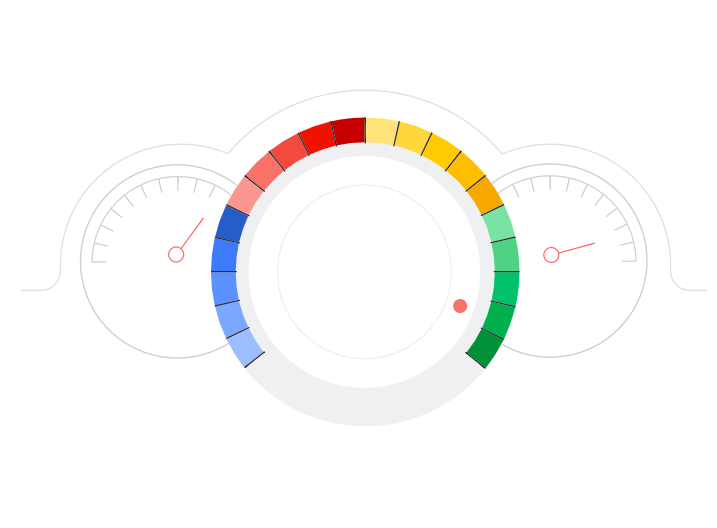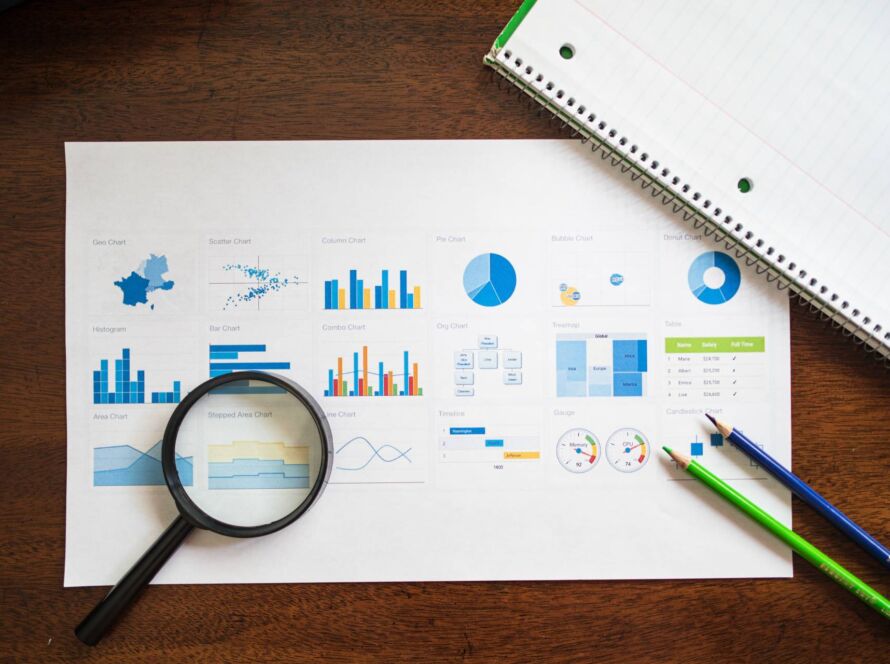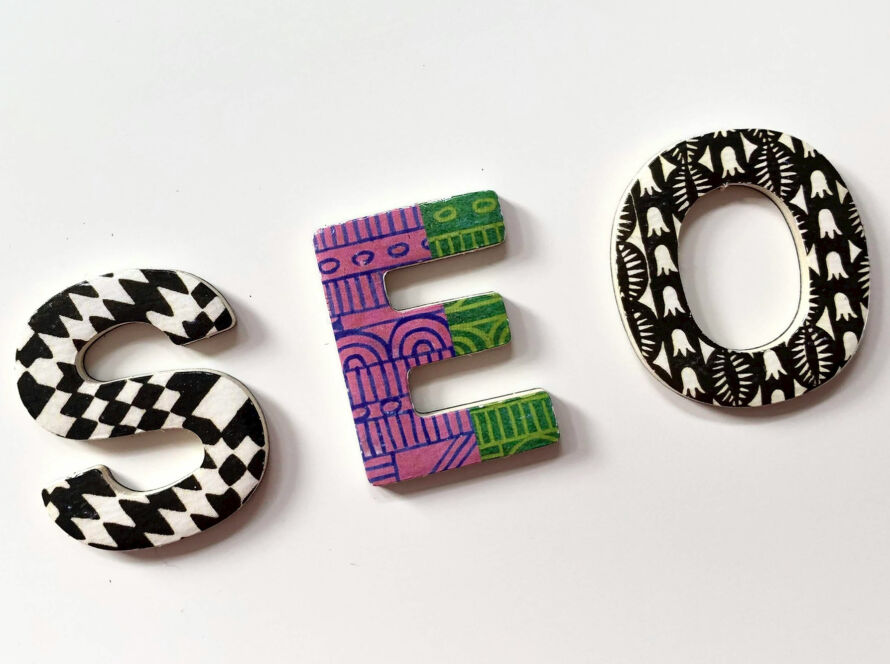Although they are often talked about independently of one another, SEO and website design are two sides of the same coin. This means that when building your site, you need to strike the right balance between the two to ensure that your content is discoverable and the user experience is appealing.
Here are a few tips to help anyone who is struggling with this process, empowering you with advice that can make a tangible difference to your site’s effectiveness.
Make UX & search visibility work together
You might assume that a slick, clean interface is the best way to make sure your site is intuitive and easy for visitors to use, which is at odds with the idea of SEO-friendly navigation being reliant on cramming as many keyword-rich categories into your menu as possible.
A good option for finding the sweet spot between usability and search visibility is to make use of clickmaps. These will show you where visitors are clicking, which interface elements are the most useful and which are potentially getting in the way of their experience. You can still use keywords in nav bars and drop-downs, but delving into the clickmap data will show which elements are worth keeping and which are simply clutter.
Consider content and page layout simultaneously
Cramming your site with high quality, unique content can be a boon for SEO purposes, but might leave visitors feeling overwhelmed or make your site’s design look less polished if it is thought about in isolation.
Instead, you need to tie in the type of content you commission to the way that pages are laid out to make sure that everything looks good and is consumable in a clear, concise way. Link this into content length, as well as the inclusion of media elements, to steer clear of any aesthetic snafus.
Optimise your page load speed to avoid penalties
The faster your pages load, the higher they will rank on SERPs. Google has made it clear that page load speeds are key ranking factors, especially on mobile devices.
Of course, you also want to make sure your site’s design is attractive and engaging, which is where images come into play. From an SEO perspective, you want to make sure that any images embedded in pages are adequately compressed to avoid compromising page load speed, while still being of a high enough quality to grab visitors’ attention.
Product photos are one of the main drivers of sales, so optimal use of them on your site is necessary for both SEO and design purposes.
Keep teams talking
The conflict between website design and SEO can often arise if the people responsible for these two areas are not actually working together. If each is handled in isolation, you may find that they end up pulling in opposite directions and leave your site in a pickle post-launch.
Instead it is better to make sure that these teams communicate with one another and pull together towards the same goal.





